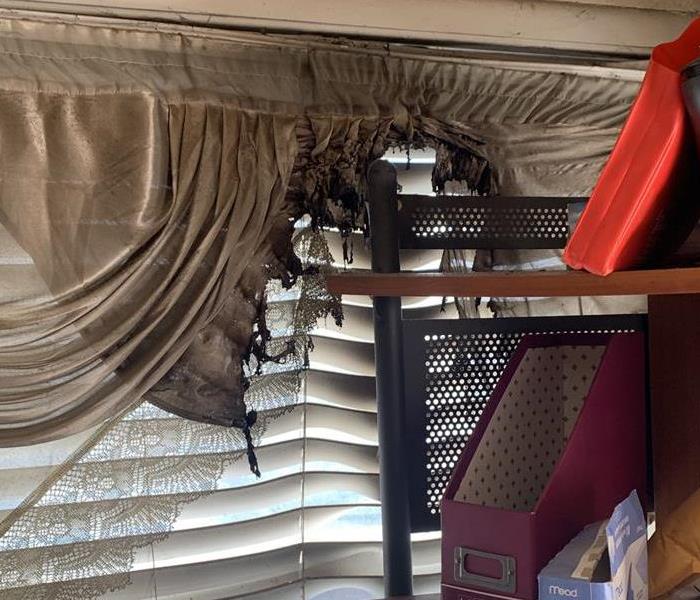Is the Smoke Damage in Your San Leandro Home Wet or Dry?
9/1/2021 (Permalink)
Knowing the Type of Smoke Residues can Allow for Efficient Cleaning of San Francisco Properties
Fire damage can be among the most destructive forces that impact your home or business. With the pace that smoke particles can spread throughout the property and coat surfaces and contents, understanding the type of smoke residues and soils can be instrumental in choosing the best mitigation and house fire clean up approach.
What Factors Determine Wet or Dry Smoke Damage?
There are multiple types of smoke damage that fire damage restoration in San Francisco homes must work to overcome. Often, among the most common and consistent of these is either dry or wet smoke. The difference between the two occurs with specific factors and variables. Protein residues and ionized furnace puffback damage can also play a role in the fire cleanup required throughout the San Francisco area, though wet and dry smoke have specific affecting conditions. Some of these include:
- The combustion rates
- Oxygen present during the fire
- The material burning
The relationship between these factors produces various levels of smoke damage and residues on affected surfaces. For example, high-heat, fast-burning, and oxygen-rich fire events are known for leaving dry smoke residues for our IICRC-certified technicians to clean up. Wet smoke often deals with the opposite of these conditions with slow-burning, oxygen-depleted, slow-moving fire events. While the affected area is not as large with smoldering wet smoke, the residues these conditions leave behind are among the most challenging for experienced technicians.
Cleaning up after fire loss incidents requires data collection and appropriate job scoping to begin as soon as possible. This process identifies the type of fire and smoke damage that exists and the best approach for remediation and restoration. Our SERVPRO of San Mateo team is standing by at 650-931-6060.

 24/7 Emergency Service
24/7 Emergency Service
